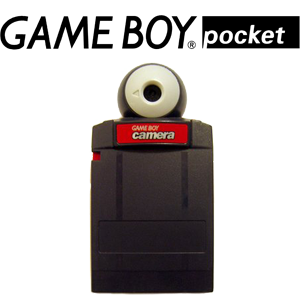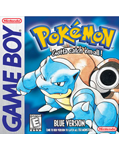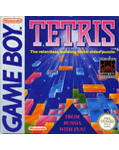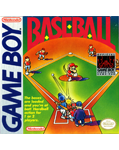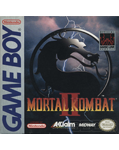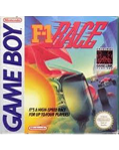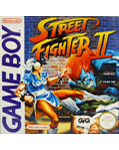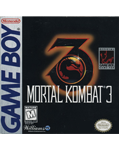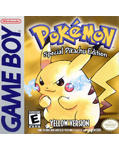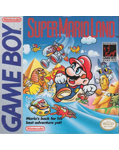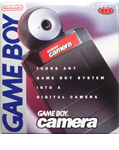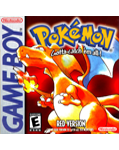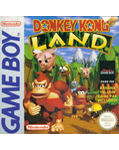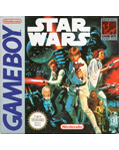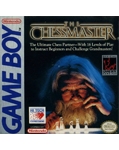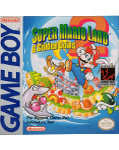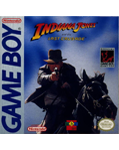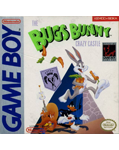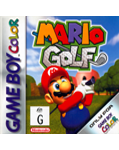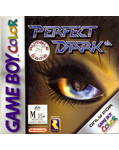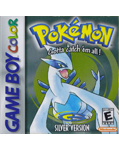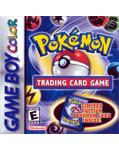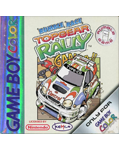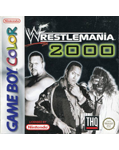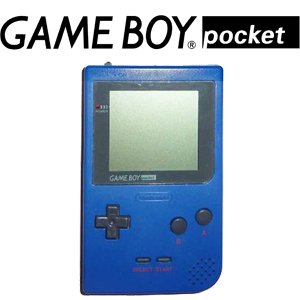
Nintendo Game Boy Pocket
Specifications (From Nintendo's Official Site)
- Central Processing Unit (CPU): 8 Bit, Clock frequency: 4.19 MHz, RAM: 8 Kbytes
- Dimensions: 127.6 x 77.6 x 25.3mm
- Weight: 125g
- Power consumption: 80 - 90 mA hr. 2 AAA batteries (1.5 V)
- Playing time: Up to 10 hours
- Screen type: Liquid crystal screen (LCD)
- Screen size: 4,8 x 4,4cm
- Screen resolution: 160 x 144 Pixels
- Game Paks: Exchangeable
- Contrast controller: Yes
- Loudspeaker controller: Yes
- Headphone connection: Yes, stereo sound via headphones
- Colours: Blue, yellow, green, red, black, transparent, pink, silver
- Cable connection: Yes (small)
- Special features: LED battery charge display
From Wikipedia
In 1996, Nintendo released the Game Boy Pocket: a smaller, lighter unit that required fewer batteries. It has space for two AAA batteries, which provide approximately 10 hours of game play. Additionally the unit is also fitted with a 3 volt, 2.35mm x 0.75mm DC jack which can be used to power the system. The Pocket has a smaller link port, which requires an adapter to link with the older Game Boy. The port design is used on all subsequent Game Boy models, excluding the Game Boy Micro. The screen was changed to a true black-and-white display, rather than the "pea soup" monochromatic display of the original Game Boy. Also, the Game Boy Pocket (GBP) has a larger screen than the Game Boy Color (GBC) that later superseded it. The GBP's screen has a 65mm (2.56in) diagonal, 48.5mm (1.91in) width, and 43.5mm (1.71in) height, compared to a 59mm (2.32in) diagonal for the GBC. Although, like its predecessor, the Game Boy Pocket has no backlight to allow play in a darkened area, it did notably improve visibility and pixel response-time (mostly eliminating ghosting). The first version did not have a power LED. This was soon added due to public demand, along with new Game Boy Pocket units of different colors (released on April 28, 1997), some of them new to the Game Boy line. There were several limited-edition Game Boy Pockets including a metallic Ice Blue unit and a pink model exclusive to Japan. The Game Boy Pocket was not a new software platform and played the same software as the original Game Boy model.
A clear 'skeleton' Famitsu edition appeared in 1997, which had only 5,000 units released, and a clear yellow edition.
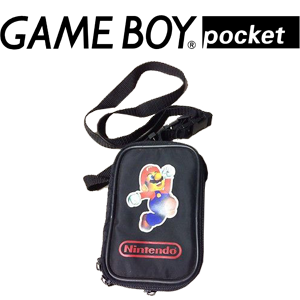
Game Boy Pocket Mario Case
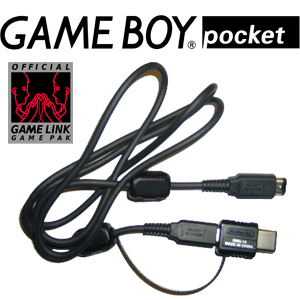
Game Boy game link universal game link cable
Specifications
Serial Number(s): MGB-010 (CGB-003 and DMG-14)
From Nintendo
The Universal Game Link cable makes it possible to connect machines with different "EXT." connecting sockets (big or small). This allows two people to play two-player games. Both players must insert copies of the same Game Pak into their Game Boy, and the Pak must have a two-player mode (the packaging of these games is marked with the appropriate symbol). The Universal Game Link cable is connected to the right side of Game Boy through the socket provided for it. The cable is about 0.9 m long. At the end there is a (small) connection for the
- Game Boy Printer
- Game Boy Color
- Game Boy Pocket
- Game Boy Advance
At the other end are two different connections (big and small). One is for the "EXT." jack of the
- Game Boy Printer
- Game Boy Pocket
- Game Boy Color
- Game Boy Advance
and the other is for the "EXT." jack of the Game Boy.
Note:
Connect only one machine at the end of the cable with the two connections.
This accessory has been replaced by the Universal Game Link Cable set.
From Wikipedia
The second generation started with the release of the Game Boy Pocket which used a much smaller Game Link connector than those used on the original Game Boy. Although the pin assignment and basic port shape remained the same, its much smaller size necessitated the release of new Game Link Cables.
The Universal Game Link Cable (model MGB-010) features the smaller second generation connector on one end, and the cable splits into both a second generation and first generation connector at the other end (although only one connector at this end can be used at any given time).
13 games are compatible with the Game Boy game link universal game link cable
